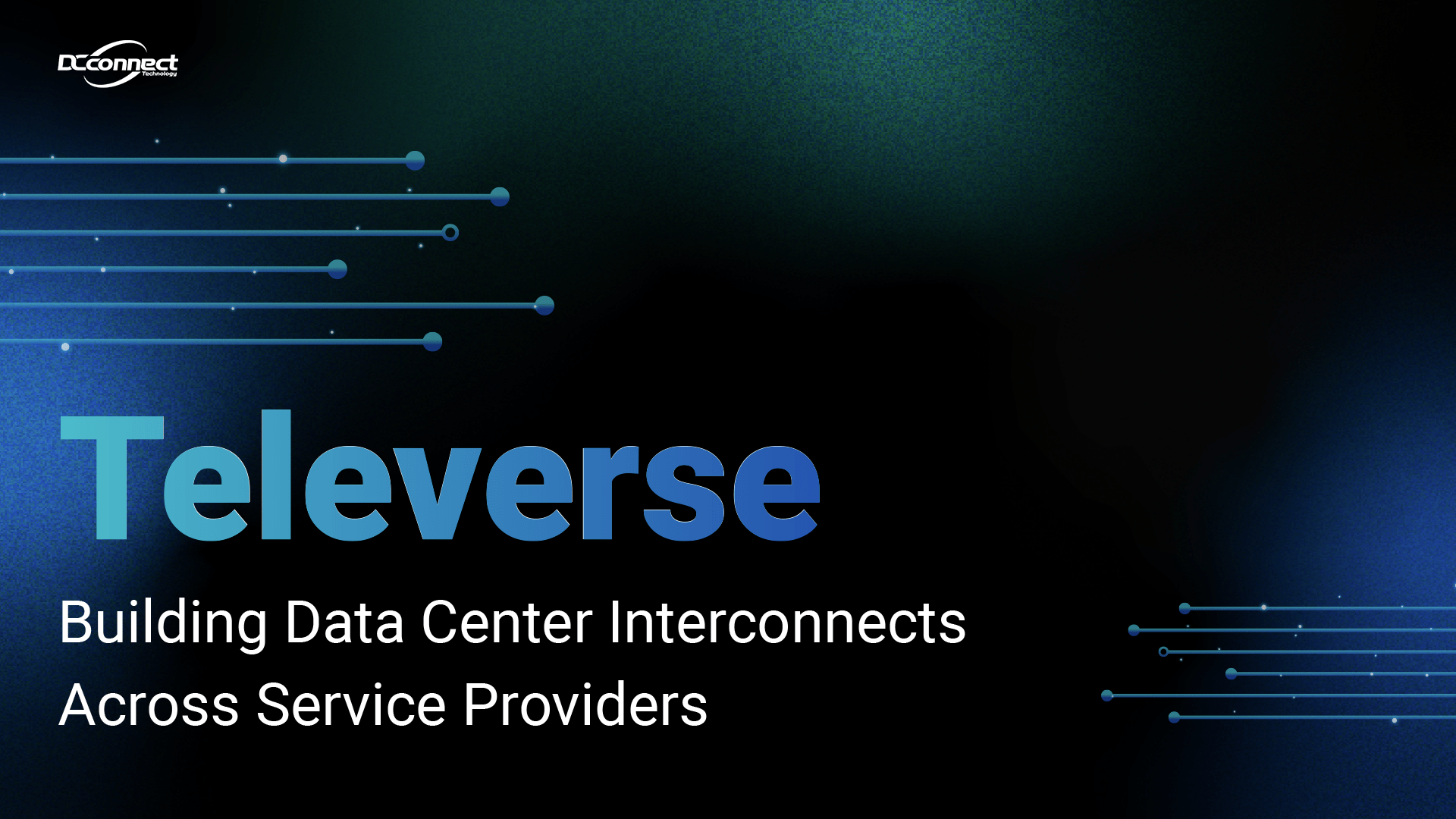
Televerse: Building Data Center Interconnects Across Service Providers
What’s the Problem? To make the most of network infrastructure, a carrier must be able to lease it to customers. But how do you sell that capacity in an environment with many barriers to entry and collaboration?Barriers:* Most potential customers cannot see your inventory* Partner discovery and integration is slow and labor intensive* When collaborations fall below customer expectation, it is often difficult to prove which party failed Can we solve these issues with a centralized system? This question becomes, who is so well-trusted in the domain, that they could form the hub that supplies everyone with information about everyone else’s capabilities? In the telecom space, this question doesn’t have an obvious answer, so we turn to a decentralized architecture. This causes us to ask questions like how to:1. identify partners in a decentralized system,2. guarantee the providence of partner data,3. share this guaranteed data with selected partners securely and privately. Fortunately, W3C have answered many of these questions through standards around decentralized identifiers (DID), DID documents (DIDDocs), and verifiable credentials (VCs). The Integrated Trust Network (ITN) is a federated network for securing and managing the relationship of cryptographic control keys to DIDs and for resolving DIDs to their DIDDocs. It also publishes an SDK used to implement a Self Sovereign Digital Twin (SSDT) that interacts with the ITN and other SSDTs to facilitate the selective distribution of verifiable credentials (think of these as data payloads with proofs of providence) to other trusted SSDTs. To advertise our identity, all we need to do is publish a DIDDoc to ITN that contains our public keys. We can prove ownership of the associated DID through a demonstration of possession of the corresponding private key. In addition, DIDDocs can contain “service” endpoints that any SSDT can interact with to get a list of available verifiable credential presentations, corresponding to, for example, a national company registration entry. Whether an SSDT provides a particular presentation to a requester can be made dependent on the DID of the requester. Putting it All Together Televerse encapsulates many new and exciting technologies, including an innovative tokenomics framework. A distributed autonomous organization (DAO) governs the points of mutability in the smart contracts that mint tokens, distribute proceeds from the sale of services, and delegate authorization for critical tasks like endorsing locations. Service providers own a Televerse node (SSDT and system of record) that functions as an interface for sharing knowledge of their networking infrastructure with other service providers. Enterprise customers can request data center interconnects that span multiple carriers and commission them by powering a contract with the Televerse token.The primary purpose of the Televerse Distributed Autonomous Organization (DAO) is to create an open and transparent market for the purchase and sale of telecommunications services. It allows enterprise customers to search for network ports and data center interconnects (DCIs) across multiple telecommunications carriers. Once a solution is agreed upon by all carriers involved, the customer can fund a contract to pay the carriers and hold them accountable for providing their segment of the service and meeting the associated Service Level Agreements (SLAs).Telecommunications carriers can use a web portal under their control to input their network infrastructure pricing data, which is then made available to enterprise customers and other carriers on the DAO. This process can be automated using the MEF LSO Sonata APIs. Carriers can choose to keep certain data private by sharing it with other carriers on a carrier-by-carrier basis using the Integrated Trust Network (ITN). Enterprise customers can visit any of the carrier web portals to interact with the DAO. When a customer agrees to a service, they can use a crypto wallet to initiate the telecommunications service on the DAO. Once a contract is funded, the carrier web portal sends the appropriate API calls to the carrier’s Business Support System (BSS) to provision the service. A portion of the fee paid by the customer goes to a validation pool, which can be used to guarantee the service to the customer. If an SLA is violated, the customer can request a challenge to the circuit. The result of that challenge is recorded on the distributed ledger and acted upon by the DAO. The Televerse DAO has a governance system that involves the issuance of Televerse Governance NFTs (TGNs) to carriers and investors in the DAO. TGN holders can vote on the selection of a Governance Committee, which holds Televerse Committee NFTs (TCNs) and can vote on governance issues on the DAO. The DAO funds its development and maintenance through fees collected from customer contracts, as well as through investments from the Televerse DAO’s TGN holders. Overall, the Televerse DAO provides a platform for enterprise customers to search for network services across multiple carriers and pay for them using smart contracts. It also enables carriers to input and share their pricing data, and provides a governance system to ensure the smooth operation of the platform.



